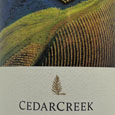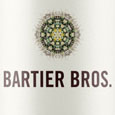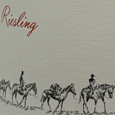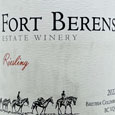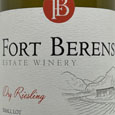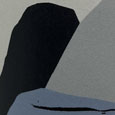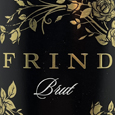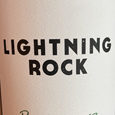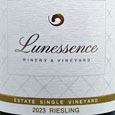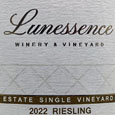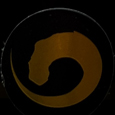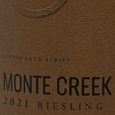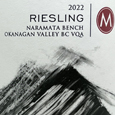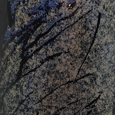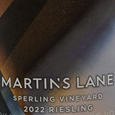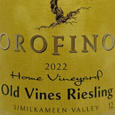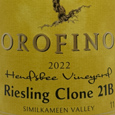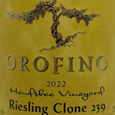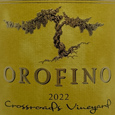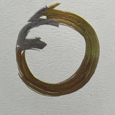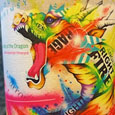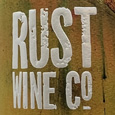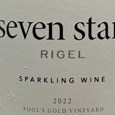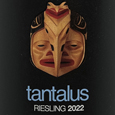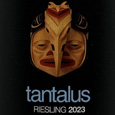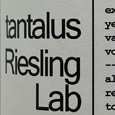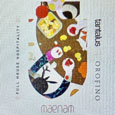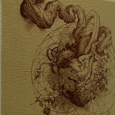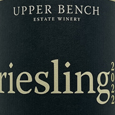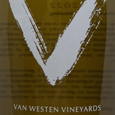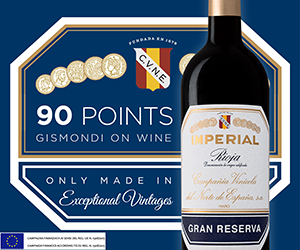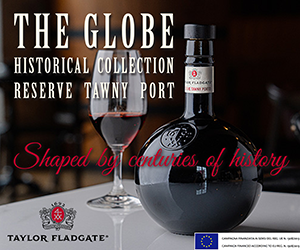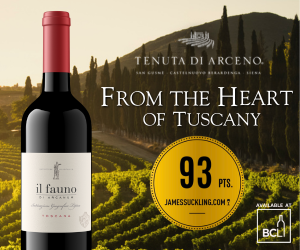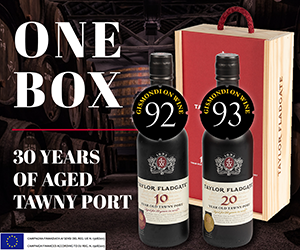In his book, The Best White Wine on Earth, riesling champion Stuart Piggot makes his case for a wine that is “Diverse, drinkable, aromatic, and refreshing” yet doesn’t get the respect of the majority of wine drinkers.
We think it represents crazy value, a flavour profile among the purest of any grapes, and comes in just about any style you could want. Lately, we have been exploring several B.C. rieslings, a joyous task at the worst of times, but that’s probably old news to you. It’s also old news that no matter what the experts think, consumers are not interested in riesling and its pending renaissance, now long overdue by decades, isn’t likely to appear any time soon, if at all. There is no need to panic. It is not the end of the world for Riesling producers. In the finest use of that word, Riesling's cult factor remains robust, and those who drink Riesling are not going anywhere. It is why the noble grape was the king of white wines at the turn of the 20th century and only adds to its history of persistence in the world of wine. One wonders what, if anything, can be said about Riesling that may entice you to at least give some of the New World’s best a chance to captivate you. If I were to say they represent crazy value, the flavour profile is among the purest of any grapes grown in the province, and they come in just about any style you could want, from bone dry to ultra-sweet and lately in sparkling wine. Would that help? The vast majority are sold under screwcap, ensuring their delicate aromas and flavours will age forever untainted by a cork, but that hasn’t worked either. How about there are few, if any, foods that don’t taste better with Riesling?
You could argue that consumer indifference is perfect for inventory control, preventing overproduction and all the nasty things that can befall a darling grape when everybody and their dog want to make one and market it worldwide. Think Malbec, Rosé and Glera (Prosecco). I like to serve Riesling blind, then tell people it is Chardonnay, and wait for them to say, “That is the best Chardonnay I have ever tasted; where can I buy it.”
One significant development is helping to improve what many think is both a weakness and a strength of Riesling — how sweet or dry is it? It’s an easy-to-comprehend graphic scale designed by the International Riesling Foundation (IRF) that genuinely describes the style of wine, be it dry, medium-dry, medium-sweet or sweet, rather than how much sugar it contains. It’s neatly done with a pictorial scale that measures the relationship between the wine’s sugar and acid content and is displayed on the back label of participating producers. A few B.C. wineries are using it, but many more should. I can’t say enough about how useful and consumer-friendly it is.
Here is a look at some of the local rieslings we have tasted that should be on your buy list. You will find them scattered about in all the usual retail outlets: grocery stores, private retailers, B.C. liquor stores and, of course, direct from the wineries.

 quicksearch
quicksearch


